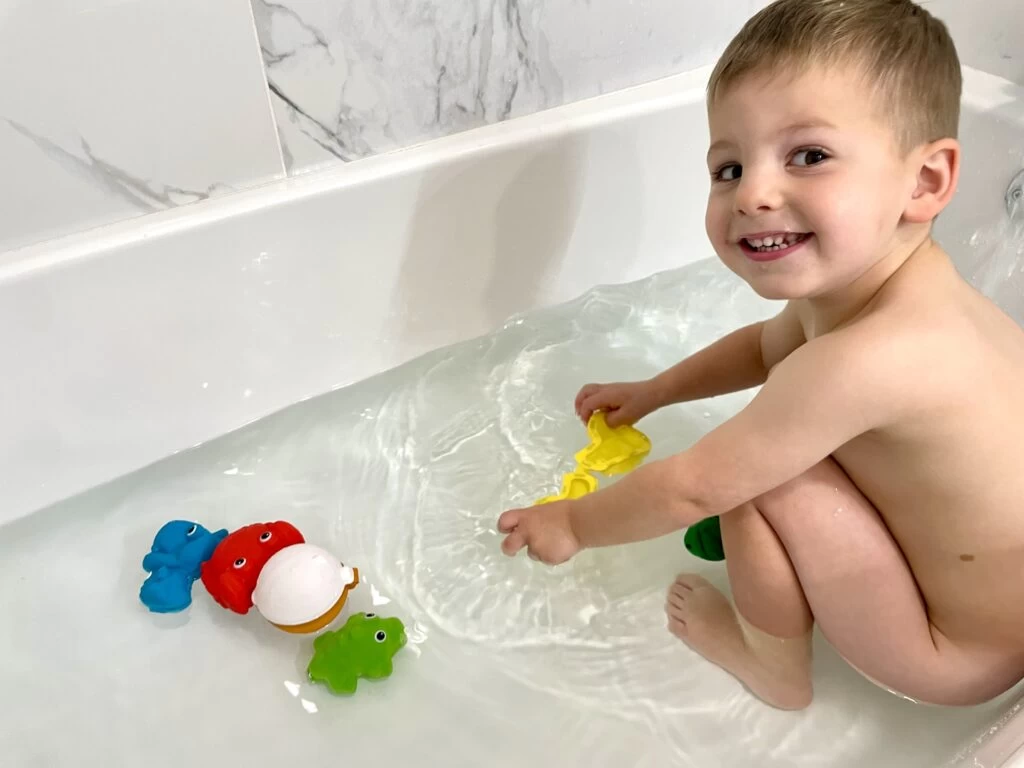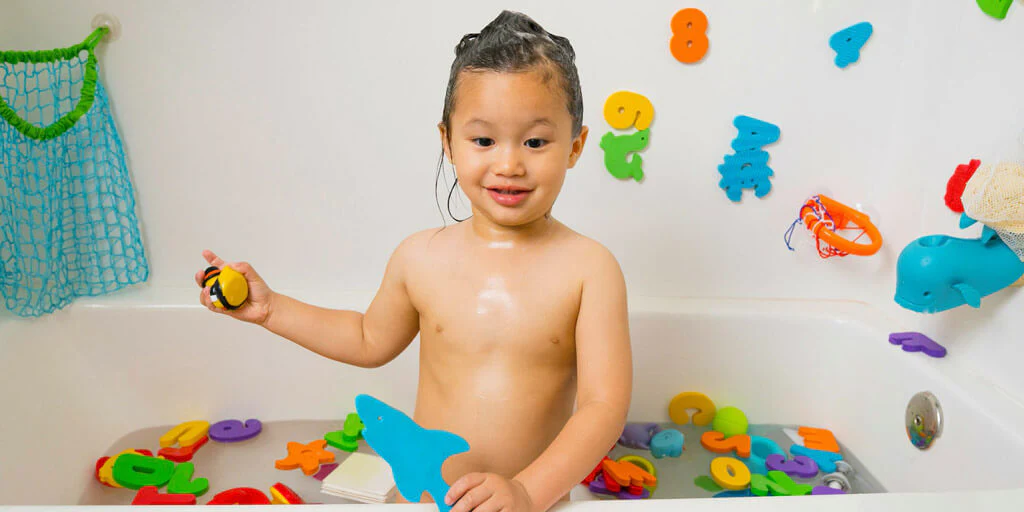I. Introduction
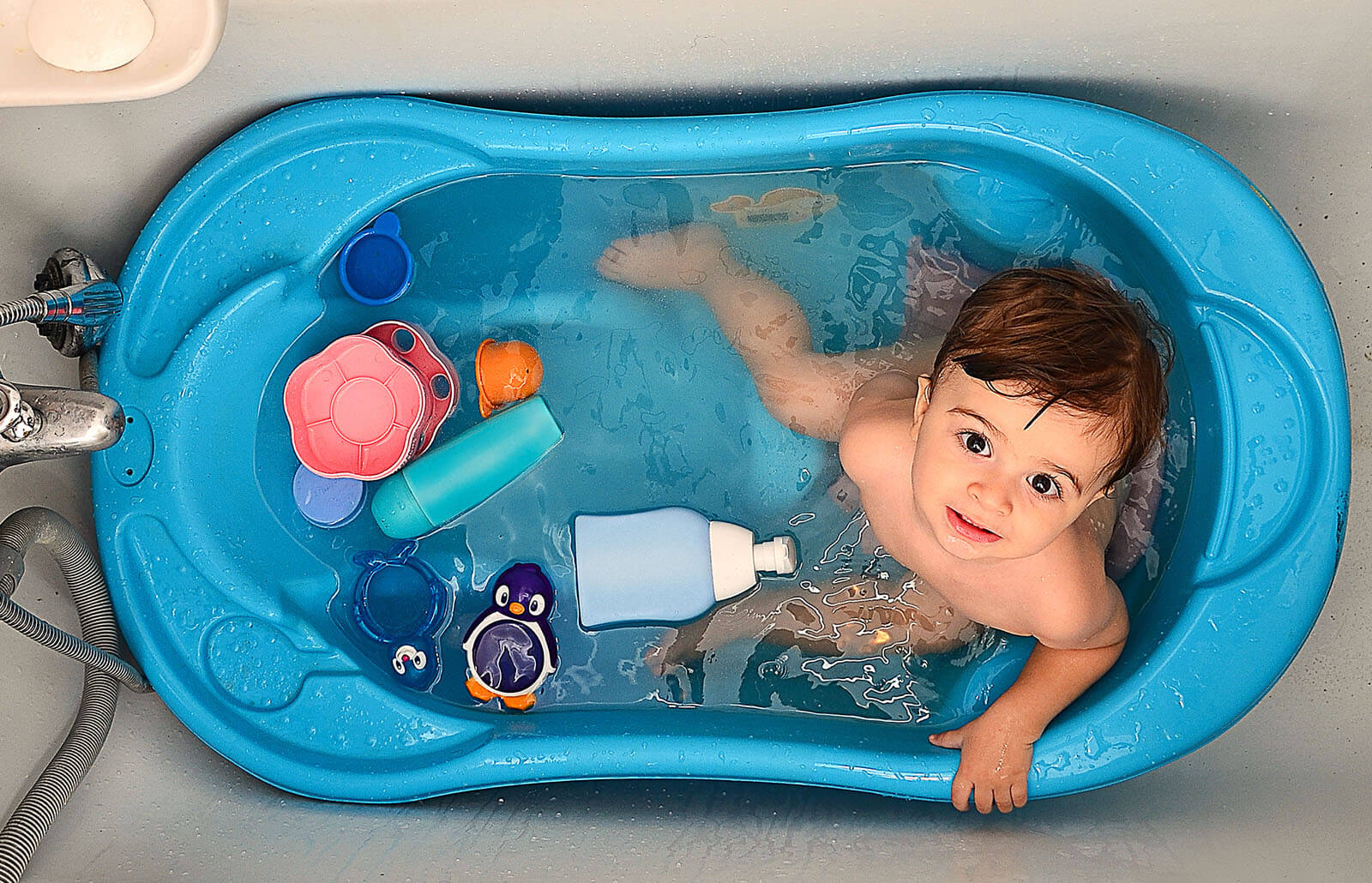
A. The issue of mold in bath toys
Bath toys provide entertainment and fun for children during bath time, but they can also become a breeding ground for mold if not properly maintained. Mold growth in bath toys can pose health risks and compromise hygiene. It is crucial to address this issue and learn effective cleaning techniques to keep bath toys mold-free.
B. Importance of regular cleaning for hygiene and safety
Regular cleaning of bath toys is essential for maintaining hygiene and ensuring the safety of children. Mold can thrive in wet and damp environments and may lead to respiratory problems, allergies, and skin irritations. By implementing proper cleaning routines, parents can protect their children from potential health hazards.
C. Overview of the article’s focus on effective cleaning techniques
This article will focus on providing effective cleaning techniques to tackle mold growth in bath toys. From understanding the source and risks of mold to taking precautionary steps and performing regular inspections, this guide will equip parents with the knowledge and strategies needed to keep bath toys clean and safe for children.
II. Understanding the Source and Risks of Mold in Bath Toys
A. Causes of mold growth in bath toys
Mold thrives in warm, moist environments, making bath toys susceptible to mold growth. Factors such as inadequate drying, water entrapment, and lack of proper storage contribute to the development of mold in bath toys.
B. Potential health risks associated with mold-infested toys
Mold-infested bath toys can lead to various health risks for children, including respiratory problems, allergies, and skin infections. Exposure to mold spores may trigger asthma attacks or cause allergic reactions in sensitive individuals.
C. Importance of addressing mold promptly
Promptly addressing mold growth in bath toys is crucial to prevent its further spread and associated health risks. Regular cleaning, inspection, and maintenance practices will help ensure the hygiene and safety of bath toys.
III. Precautionary Steps to Prevent Mold Growth
A. Drying toys thoroughly after each use
Thoroughly drying bath toys after each use is key to preventing mold growth. Proper drying methods, such as air drying and removing excess water, will help eliminate moisture which mold thrives on.
B. Proper storage to avoid moisture accumulation
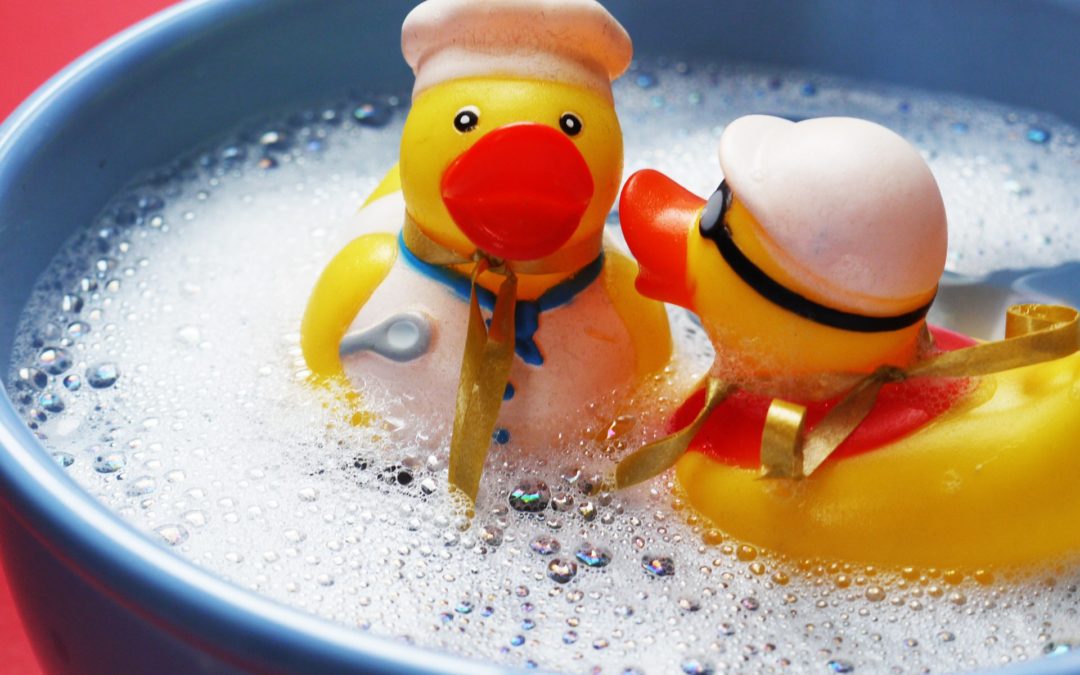
Proper storage of bath toys is necessary to prevent moisture accumulation. Ensuring toys are stored in a clean, dry, and well-ventilated area will significantly reduce the chances of mold growth.
C. Regular inspection of toys for any signs of mold
Regularly inspecting bath toys for signs of mold growth is essential. Parents should be vigilant and promptly address any issues to prevent the spread of mold and ensure the safety of children.
IV. Cleaning Techniques for Mold-Infested Bath Toys
A. Gathering necessary supplies for cleaning
Before starting the cleaning process, gather the necessary supplies to effectively clean mold-infested bath toys. This may include mild detergent or cleaning solutions, a scrub brush, hot water, and specific cleaning agents such as vinegar, bleach, hydrogen peroxide, tea tree oil, or baking soda, depending on the cleaning method chosen.
B. Disassembling toys, if applicable
If the bath toys have removable parts or can be disassembled, it is advisable to do so. Disassembly allows for more thorough cleaning, especially in hard-to-reach areas where mold may be hiding. Follow the manufacturer’s instructions or use your judgment to determine if disassembly is feasible and safe for the toy.
C. Five effective cleaning methods:
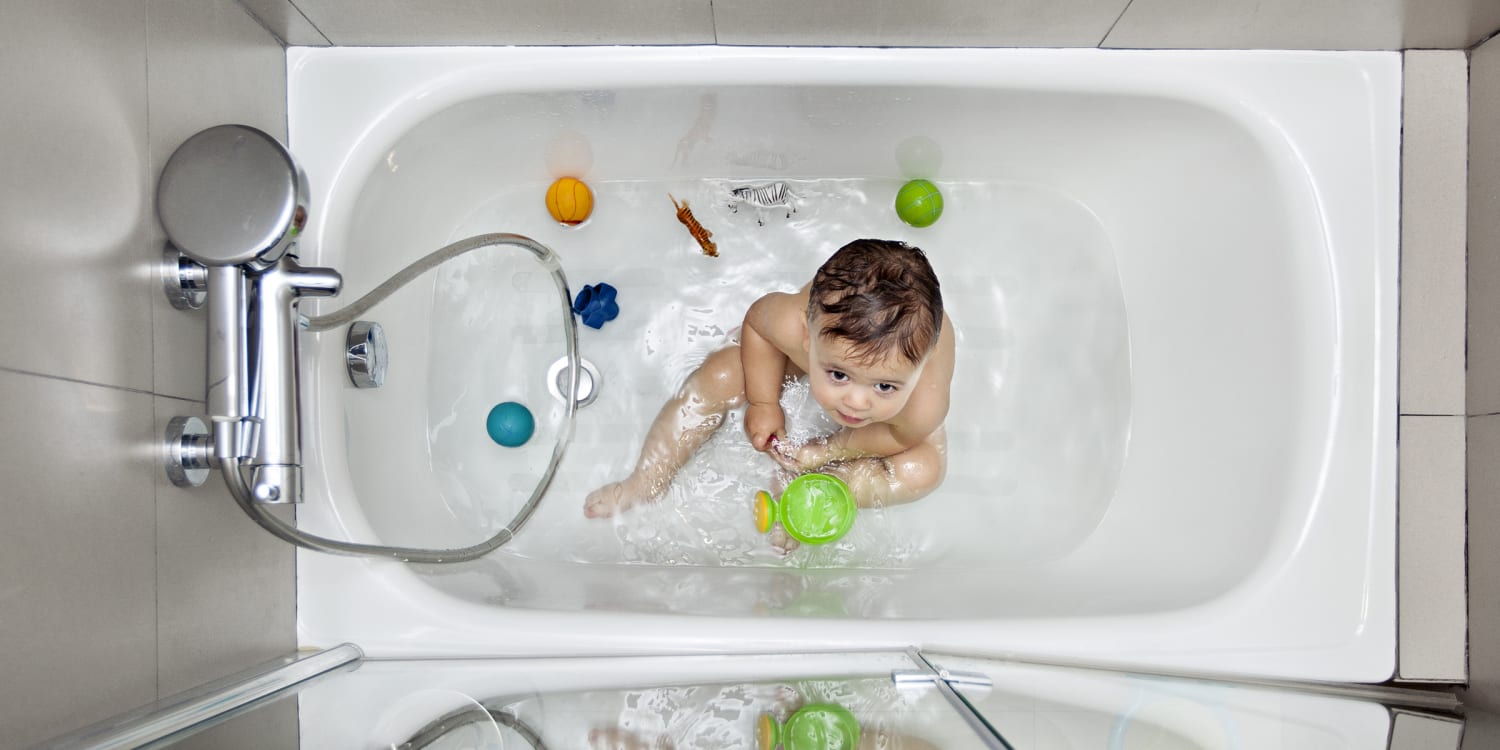
-
Vinegar Soak
- Fill a basin or sink with equal parts white vinegar and warm water.
- Submerge the mold-infested bath toys in the vinegar solution and let them soak for approximately 15-20 minutes.
- Use a scrub brush or cloth to gently clean the toys, paying extra attention to any moldy areas.
- Rinse the toys thoroughly with hot water to remove the vinegar residue.
-
Bleach Solution
- Create a solution of 1 part bleach to 4 parts water in a basin or sink.
- Submerge the bath toys in the bleach solution and let them soak for about 10 minutes.
- Use a scrub brush or cloth to scrub away the moldy areas, ensuring all surfaces are thoroughly cleaned.
- Rinse the toys with hot water until the bleach smell dissipates.
-
Hydrogen Peroxide Treatment
- Fill a basin or sink with a 3% hydrogen peroxide solution.
- Submerge the mold-infested bath toys in the hydrogen peroxide solution for approximately 30 minutes.
- Use a scrub brush or cloth to clean the toys, focusing on any visible mold spots.
- Rinse the toys thoroughly with hot water and allow them to air dry.
-
Tea Tree Oil Rinse
- Fill a sink or basin with warm water and add a few drops of tea tree oil.
- Submerge the bath toys in the tea tree oil-infused water and let them soak for about 15 minutes.
- Use a scrub brush or cloth to clean the toys, paying attention to any moldy areas.
- Rinse the toys with hot water and ensure all the tea tree oil residue is washed away.
-
Baking Soda Scrub
- Create a paste by mixing baking soda with a small amount of water to form a thick consistency.
- Apply the baking soda paste to the mold-infested areas on the bath toys.
- Gently scrub the toys using a scrub brush or cloth, focusing on the moldy spots and any other dirty areas.
- Rinse the toys thoroughly with hot water and allow them to dry completely.
V. Caring for Mold-Free Bath Toys
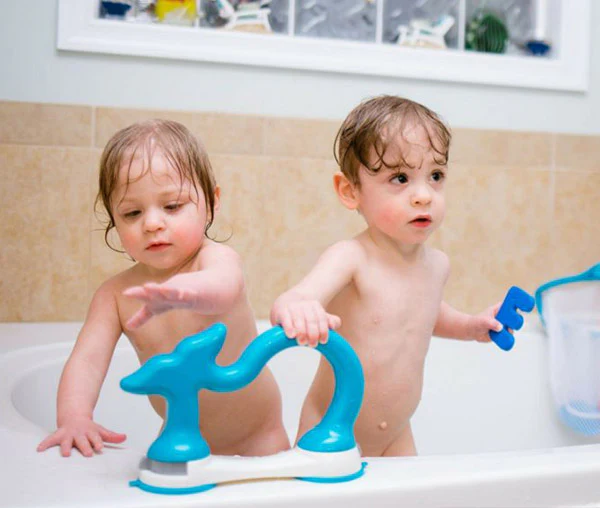
A. Regular cleaning routines
Maintain regular cleaning routines to prevent mold growth and keep bath toys clean. After each use, rinse the toys with hot water and ensure they are thoroughly dried to prevent moisture accumulation.
B. Additional preventive measures
To prevent mold growth, consider additional preventive measures such as using bath toy organizers with proper drainage, rotating toys to allow them to dry thoroughly, and storing toys in a clean and dry location.
C. Safe and healthier alternatives to traditional bath toys
Consider using safer and healthier alternatives to traditional bath toys, such as silicone or natural rubber toys. These materials are less prone to mold growth and can be easily cleaned with the aforementioned cleaning techniques.
VI. Ensuring Safety and Hygiene for Children
A. Regular monitoring and replacement of bath toys
Regularly monitor bath toys for any signs of mold growth or deterioration. If mold persists despite cleaning efforts, it may be necessary to replace the toy to ensure the safety and hygiene of children.
B. Educating children on proper toy handling and hygiene practices
Educate children about proper toy handling and hygiene practices during bath time. Teach them to avoid putting the toys in their mouths, to notify parents if they notice any signs of mold, and to understand the importance of cleanliness.
C. Importance of parental supervision during bath time
Parental supervision during bath time is crucial for ensuring the safety and hygiene of children. Supervision can prevent the ingestion of mold-infested water and ensure that proper cleaning habits are practiced.
VII. Conclusion
In conclusion, effectively cleaning mold-infested bath toys is important for promoting hygiene and ensuring the safety of children. By following the outlined cleaning techniques – such as vinegar soak, bleach solution, hydrogen peroxide treatment, tea tree oil rinse, or baking soda scrub – parents can eliminate mold and maintain clean toys. Regular cleaning routines, additional preventive measures, and proper toy handling practices contribute to mold-free bath toys. Parental supervision during bath time and regular monitoring of toys are essential for maintaining a safe and hygienic environment for children. By implementing these measures, parents can ensure the well-being of their children during bath time and prevent potential health risks associated with mold-infested bath toys.
